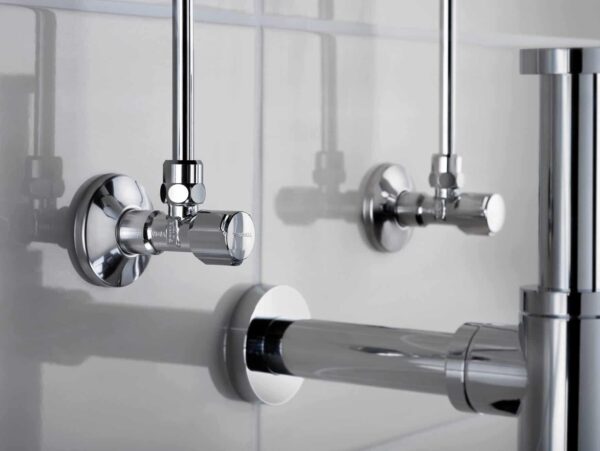Valve types vary depending on whether they are utilized in residential or industrial settings. Each of these valves has a specific function. Some like angle valves are intended to control the flow, while others are simply used to stop the flow. The price of angle valves (including right angle) varies depending upon their material.
An angle valve has an inlet and an outlet port which are perpendicular to each other. It is classified as a manual valve, and it’s typically used to halt or control the flow of a liquid in a pipe, which is why it’s also known as a stop valve. Stop valves are valves that completely halt the passage of liquid via a pipe. Angles, on the other hand, are commonly utilized as a regulating device in both residential and industrial plumbing.
Angle stops are usually equipped with an oval knob or a twist handle. Modern angle knobs, on the other hand, have angles with quarter-turn handles to cut off the flow as rapidly as feasible in an emergency.
These are used in the following two conditions:
1. When the faucet or other fixtures need to be upgraded or replaced. Instead of shutting off the water supply to the entire house or building, angle valves can be used to shut off the water to a single device or fixture that needs to be repaired.
2. At the time of water leakage or even complete burst, you can use the angle stop to shut off the flow to that appliance or fixture until the proper repairs are made.

Image Source: axor-design.com
Materials
Angle valves are made of copper, which is an excellent material. This is because, as compared to other metals, it has a better endurance (significantly longer amount of time) and provides good service. When compared to copper, zinc alloy oxidizes quickly and has a lower service life. Plastic, sometimes known as PVC, has a pleasing look but a short lifespan. Metal alloys have a good look and lustre, which gives them a superior appearance. Based on the material and types like right angle valves, their price also varies.
Types of angle valves
1. Compression angle stop
2. CPVC angle stop
3. Iron pipe thread angle stop
4. Poly and PEX angle stop
5. Sweat angle stop
6. Push-on angle stop

















